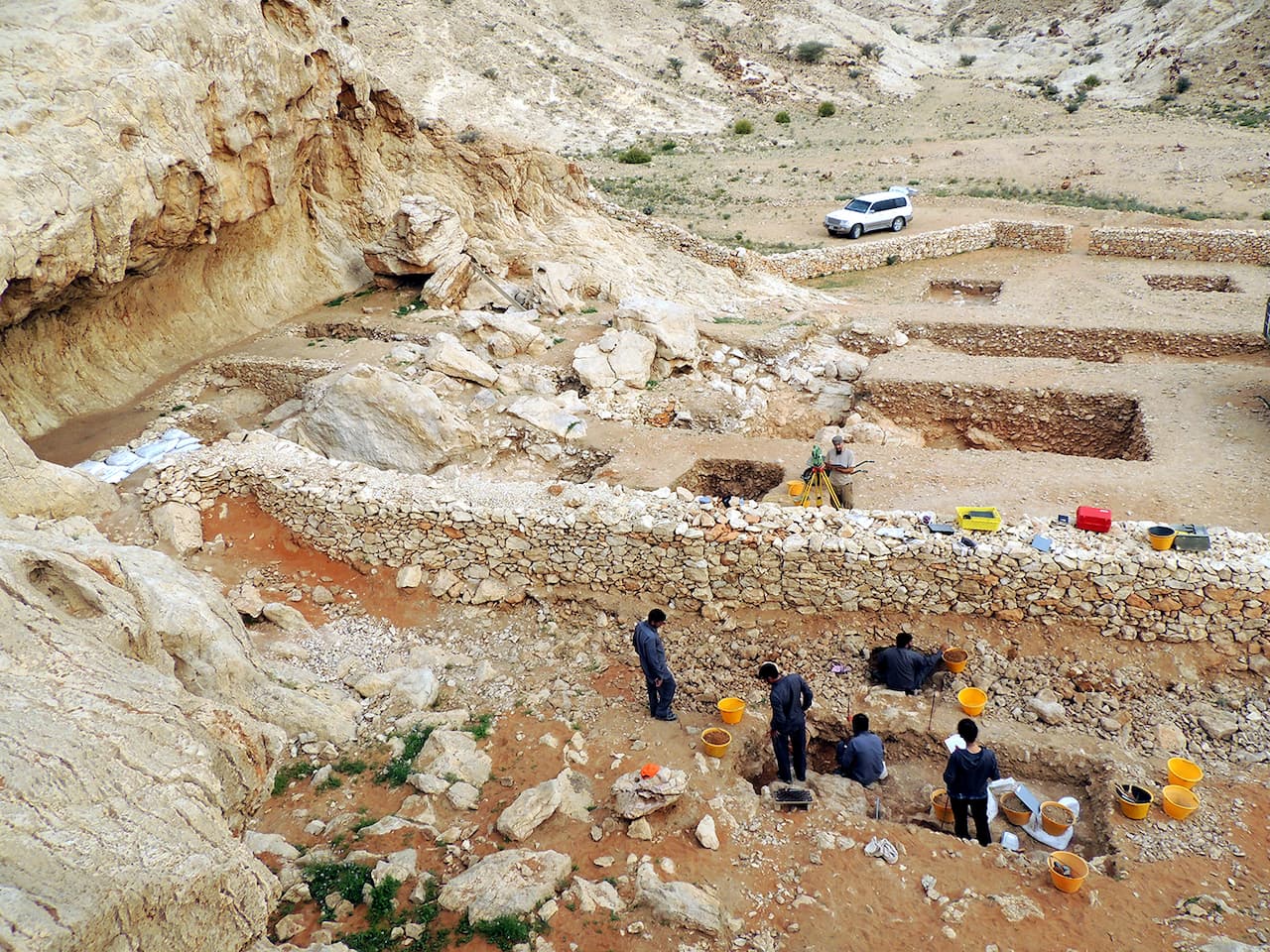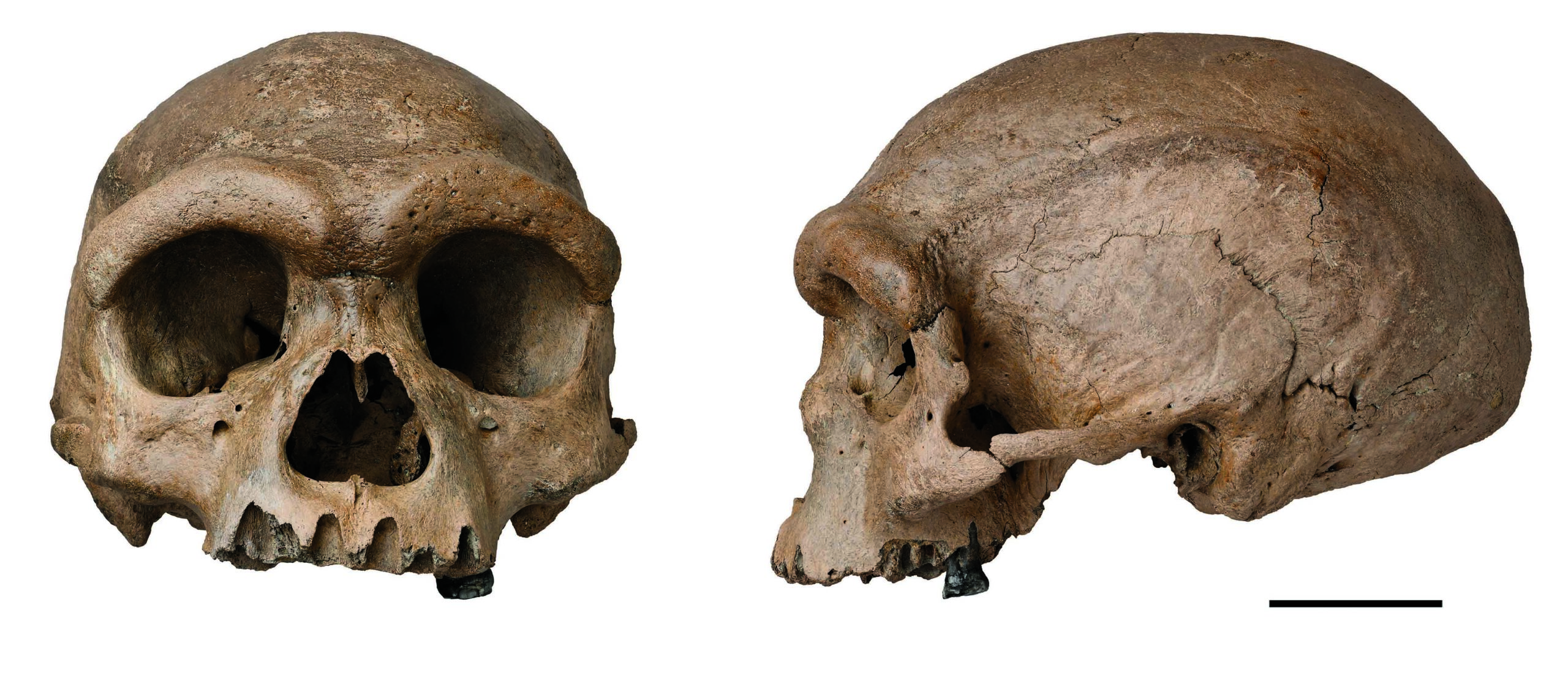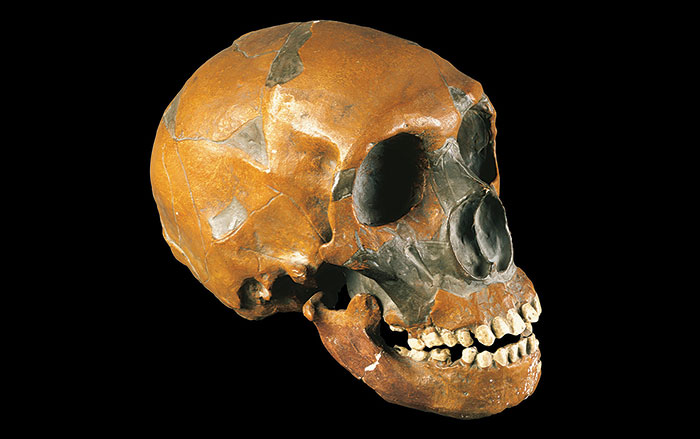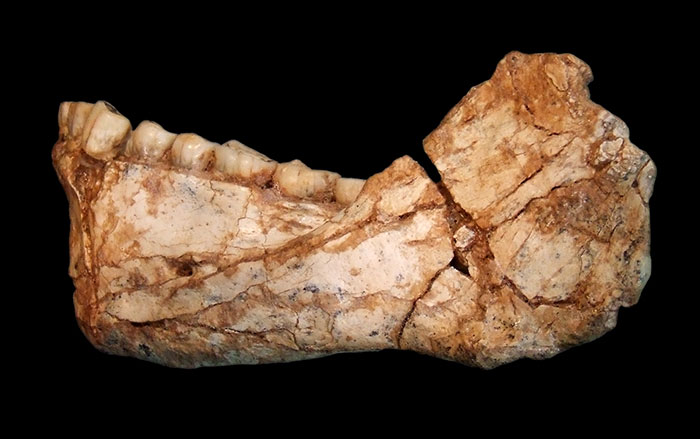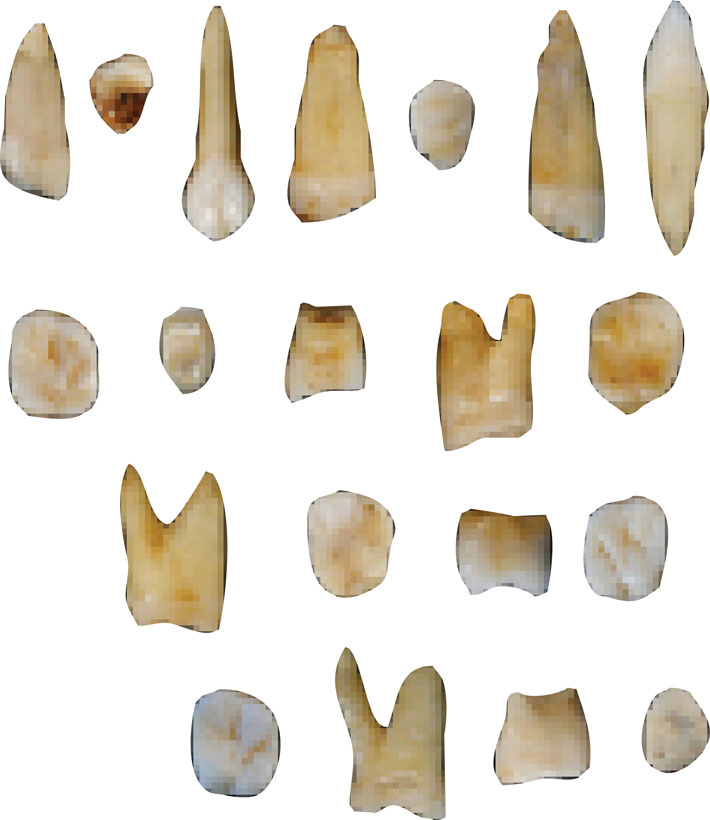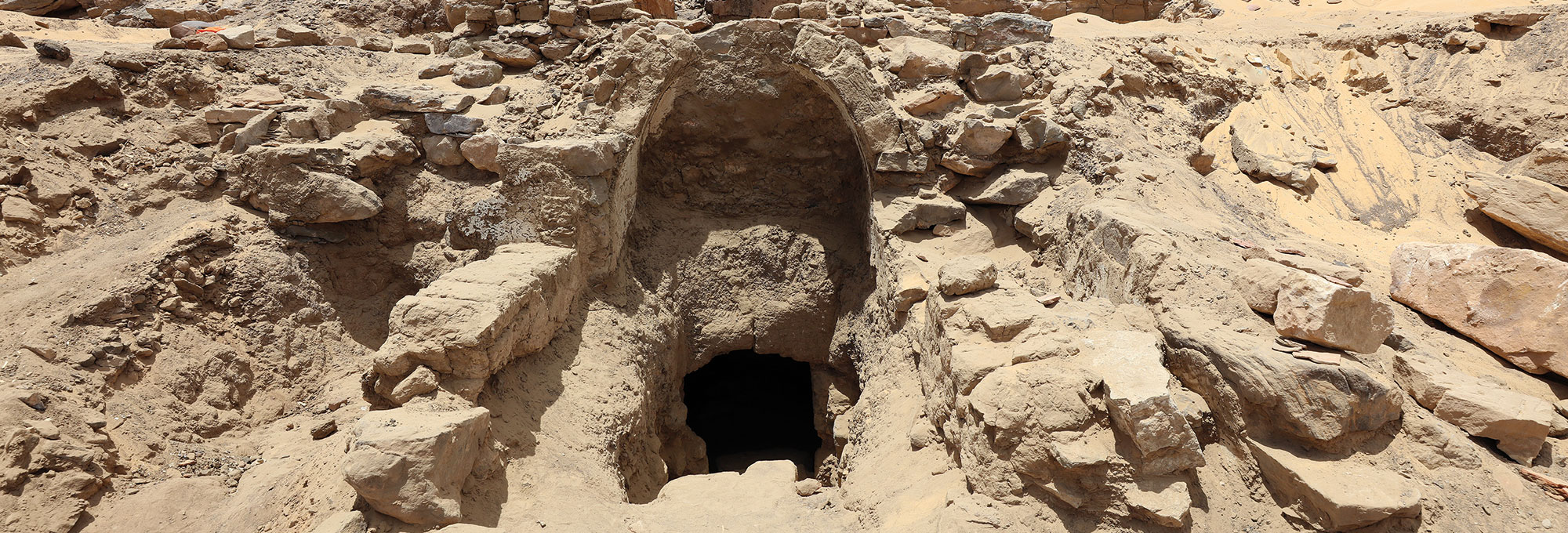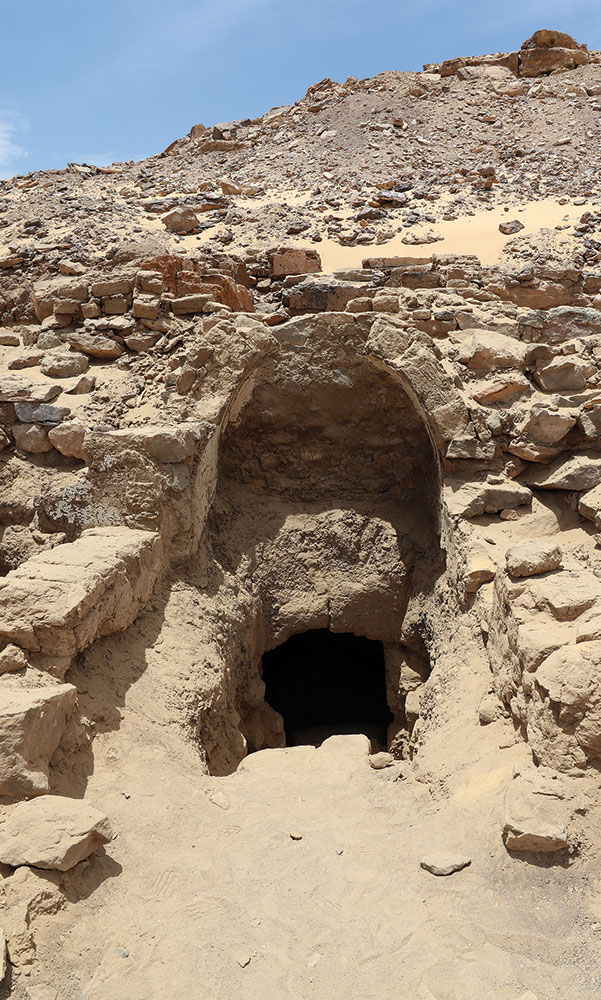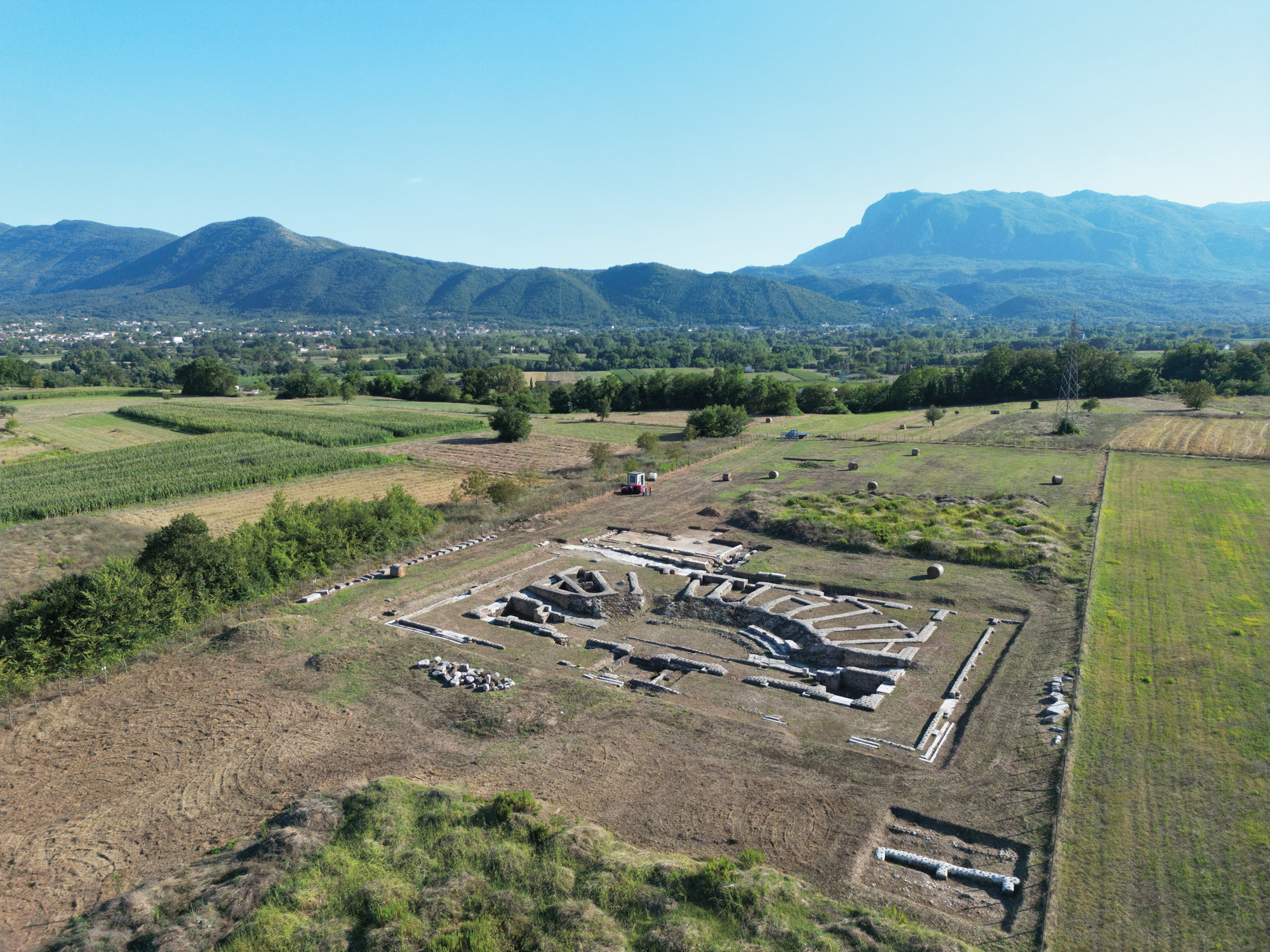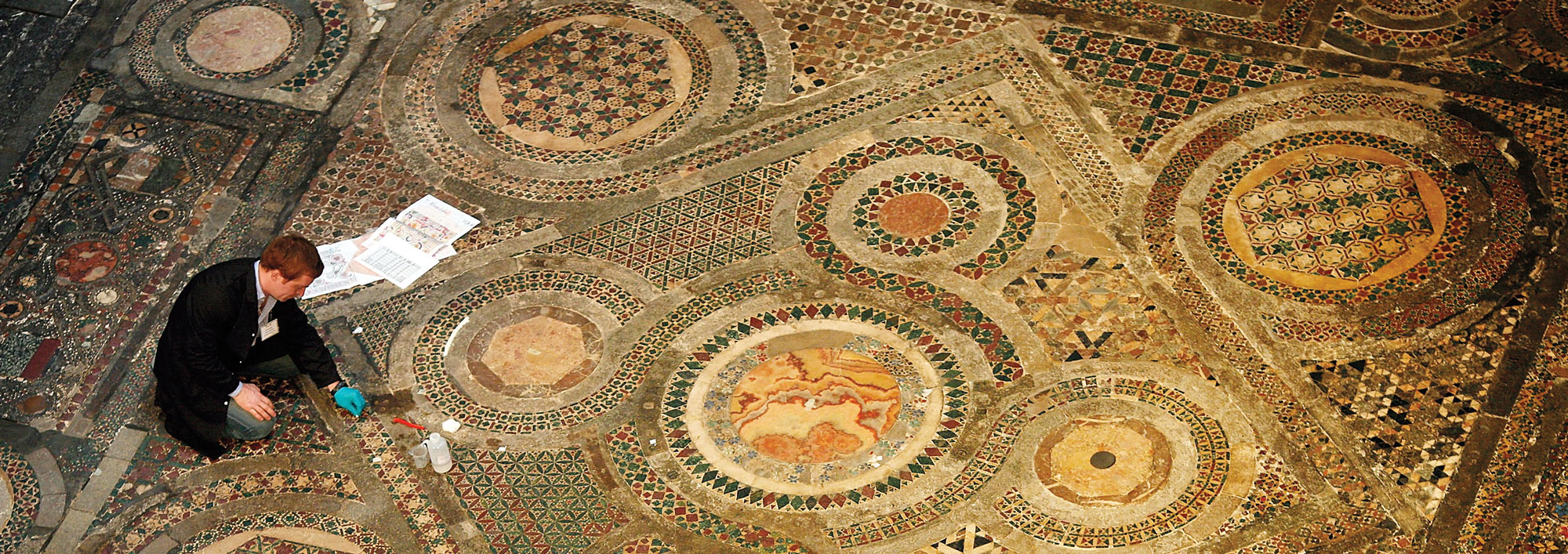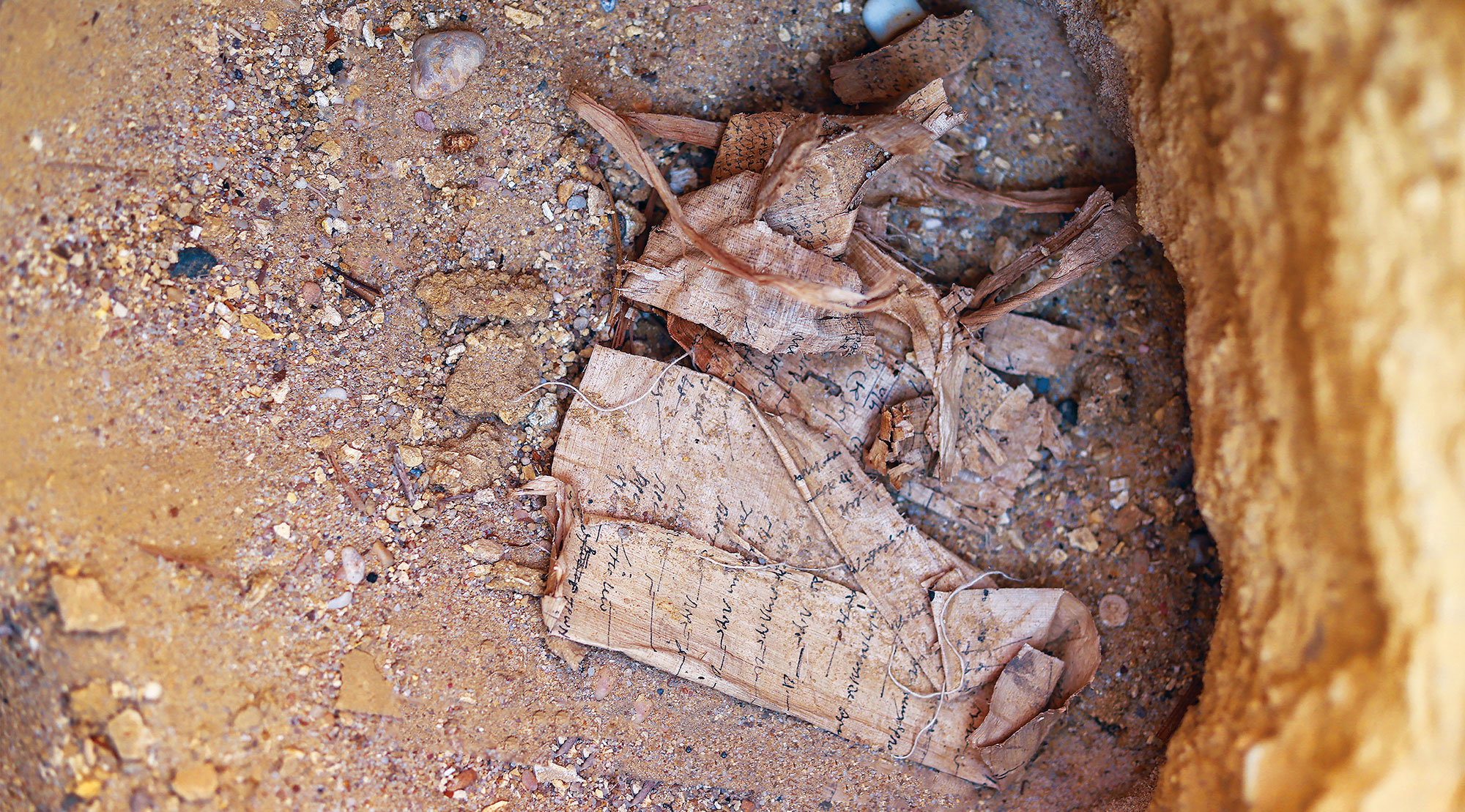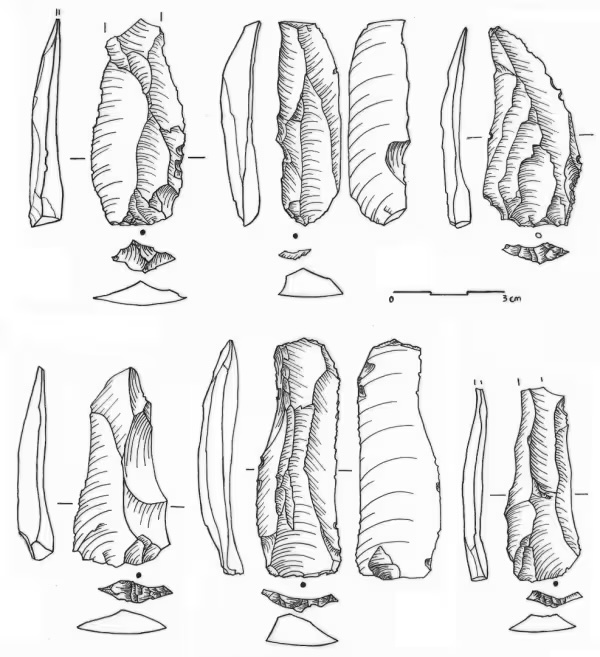
AL MADAM, UNITED ARAB EMIRATES––According to a La Brújula Verde report, an international team of researchers led by Knut Bretzke of Friedrich Schiller University Jena uncovered 80,000-year-old stone blades at the rock shelter site of Jebel Faya in the Emirate of Sharjah. The assemblage of long narrow flakes with parallel edges was dated using luminescence technology and represents the oldest systematic stone blade production by Homo sapiens ever found on the Arabian Peninsula. It is believed that waves of Homo sapiens first began migrating out of Africa about 150,000 years ago when they crossed into Arabia, which had more hospitable climatic conditions conducive to occupation, including rivers and lakes, than it does today. “Our results indicate that South Arabia played a completely different role in the establishment and cultural diversification of Homo sapiens populations in Southwest Asia than the north of the peninsula,” Bretzke said. Read about these stone tools in the scientific journal Archaeological and Anthropological Science. To read about evidence from Morocco of some of the earliest known Homo sapiens, go to "Homo sapiens, Earlier Still," one of ARCHAEOLOGY's Top 10 Discoveries of 2017.


